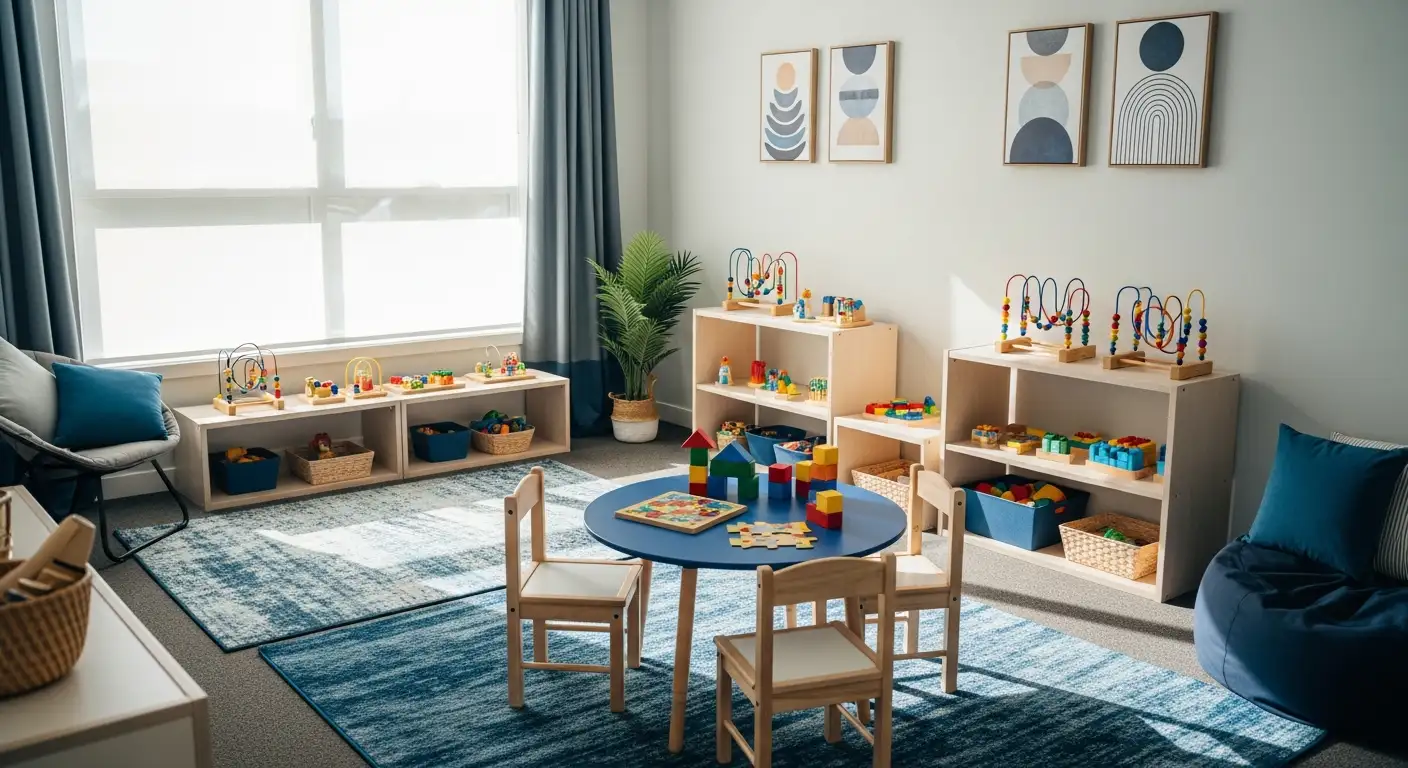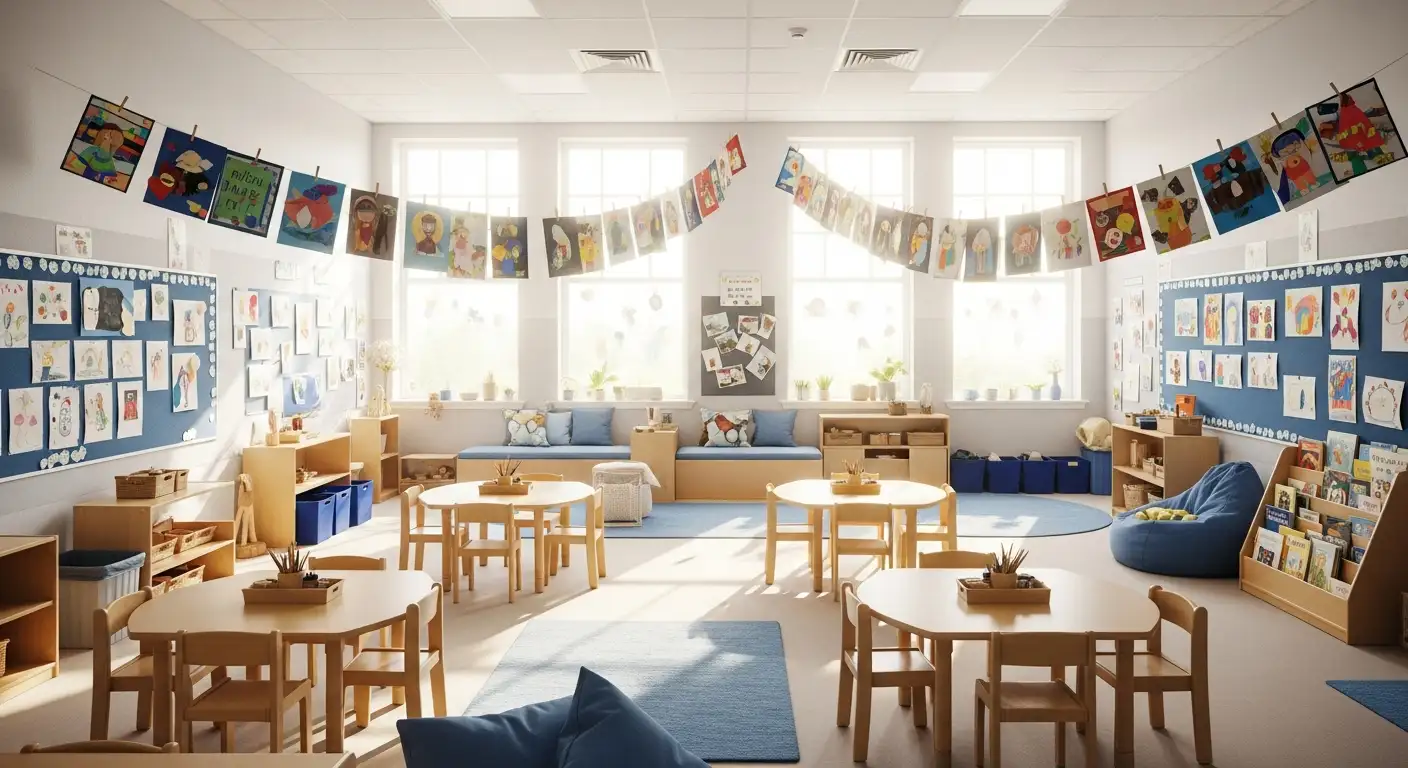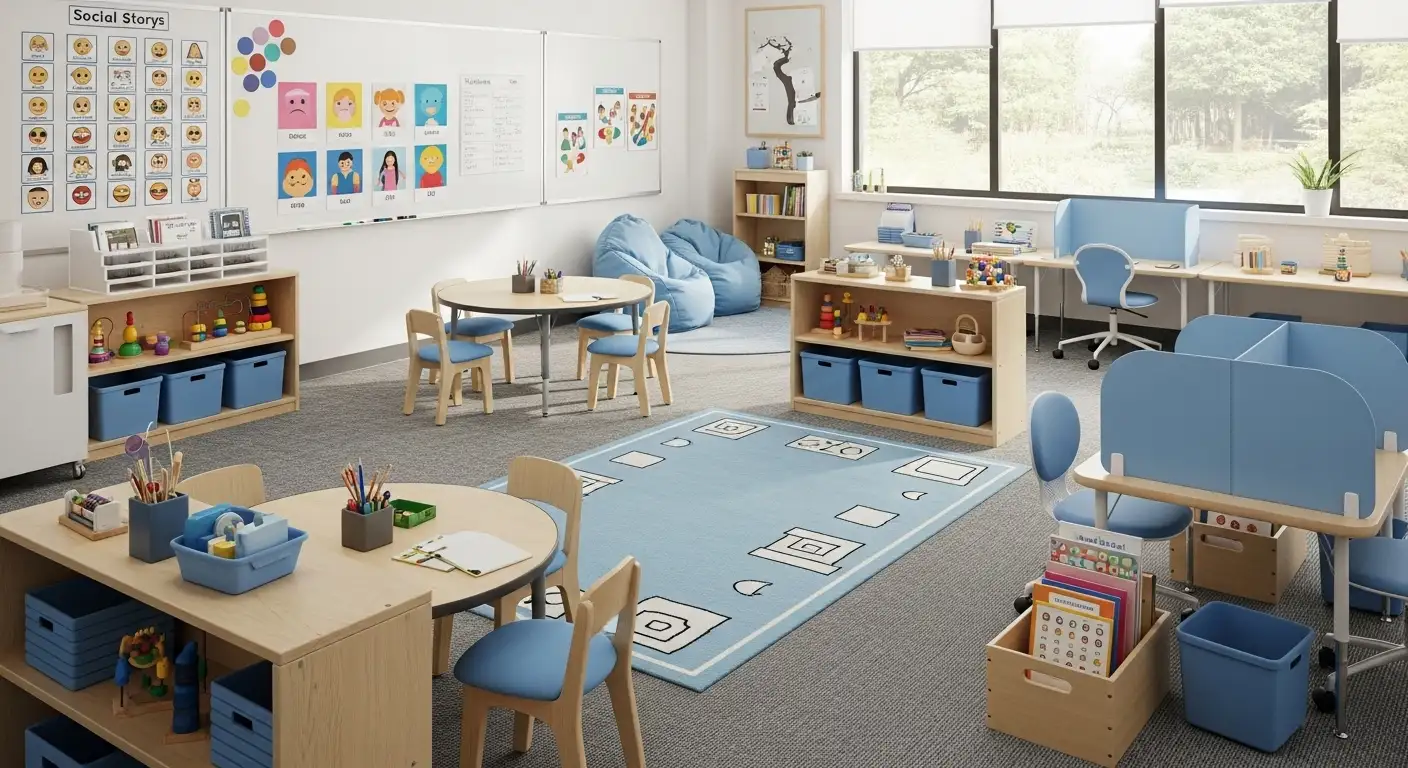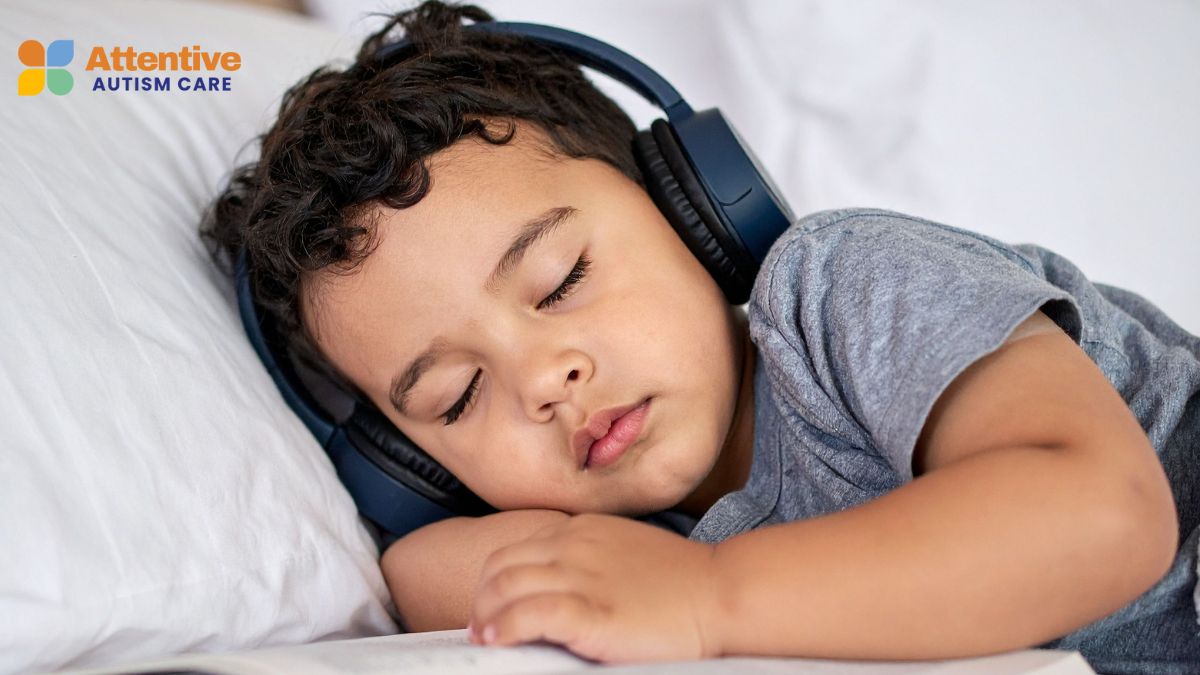What Mild Autism Symptoms Look Like in Kids vs. Adults
Learn about the traits and signs of mild autism, including communication challenges, body language, and repetitive behaviors.

Key Points:
- Mild autism symptoms can include subtle differences in communication, social interaction, and behavior.
- Many individuals with mild ASD are undiagnosed until later in life due to compensatory strategies.
- Recognizing early signs allows for better support through structured interventions like ABA therapy.
Mild autism, sometimes referred to as "high-functioning autism" or being "on the milder end of the spectrum," can be difficult to recognize, especially in children who meet milestones or adults who have adapted to their differences.
Yet, even subtle signs can impact everyday functioning, relationships, and self-esteem. Autism Spectrum Disorder (ASD) is a lifelong neurological condition that varies widely in how it presents.
Mild ASD symptoms may not require intensive support, but still benefit greatly from structured interventions and understanding environments. Recognizing these symptoms early, whether in children or adults, allows for more effective social, emotional, and behavioral support.
What are Mild ASD Symptoms?
Mild ASD symptoms include subtle communication challenges, sensory sensitivities, repetitive behaviors, and difficulty reading social cues. These traits often go unnoticed in early childhood but may become more apparent as social demands increase.
In both adults and children, mild autism may be mistaken for shyness, anxiety, or learning differences, which is why careful observation and evaluation are important. Many individuals with mild ASD develop coping strategies that mask symptoms, delaying diagnosis and support.
What are Signs of Mild Autism in Children?
Children with mild autism may seem quirky, socially awkward, or highly focused on specific interests. Their symptoms may not disrupt everyday routines significantly, but can still create challenges in school and peer interactions.
Some early signs to watch for include:
1. Limited Eye Contact
A child may avoid or reduce eye contact during conversations, which can affect social bonding and nonverbal communication, even if they are otherwise verbal and interactive.
2. Social Challenges
Difficulty making or keeping friends is common. Children may prefer solo play, misread social cues, or struggle with back-and-forth conversation.
3. Rigid Routines
A strong preference for sameness may show through strict routines, with distress or meltdowns when plans change unexpectedly.
4. Unusual Speaking Style
Speech may sound flat, robotic, or overly formal. Some children speak in a monotone or with an unusual rhythm or cadence.
5. Repetitive Language
Repeating phrases, questions, or lines from TV (echolalia) is common and may replace spontaneous conversation in some situations.
6. Trouble Understanding Humor
Children may take jokes or sarcasm literally and have difficulty grasping abstract or playful use of language.
These behaviors may not seem alarming on their own, but together they can indicate the need for developmental screening or an autism evaluation.
What are Signs of Mild Autism in Adults?
Adults with mild autism often grow up without a formal diagnosis. They may describe themselves as socially anxious, misunderstood, or overly sensitive to certain stimuli. Many learn to "mask" their symptoms by copying others, which can be mentally exhausting.
Common signs in adults include:
1. Difficulty Reading Nonverbal Cues
Adults may misinterpret facial expressions, tone of voice, or body language, leading to confusion or misunderstandings in social situations, especially when relying heavily on literal or direct forms of communication.
2. Challenges with Small Talk
Engaging in casual conversation or making eye contact can feel awkward or draining, often resulting in social fatigue, avoidance, or a preference for deeper, structured discussions over spontaneous interactions.
3. Literal Thinking
Figurative language, sarcasm, or jokes may be confusing. Adults with mild autism often interpret things literally, which can affect social exchanges or professional communication.
4. Need for Routine
A strong preference for structure and predictability is common. Unexpected changes may cause stress, anxiety, or difficulty adapting without time to mentally prepare.
5. Intense, Specific Interests
A deep focus on niche topics—often with impressive depth of knowledge—can bring joy but may dominate conversations or routines.
6. Emotional Regulation Struggles
Overwhelm in unfamiliar or overstimulating environments may lead to shutdowns, irritability, or emotional outbursts, especially after prolonged masking or social effort.
Self-awareness often increases in adulthood, prompting individuals to seek clarity or a diagnosis after years of struggling silently.
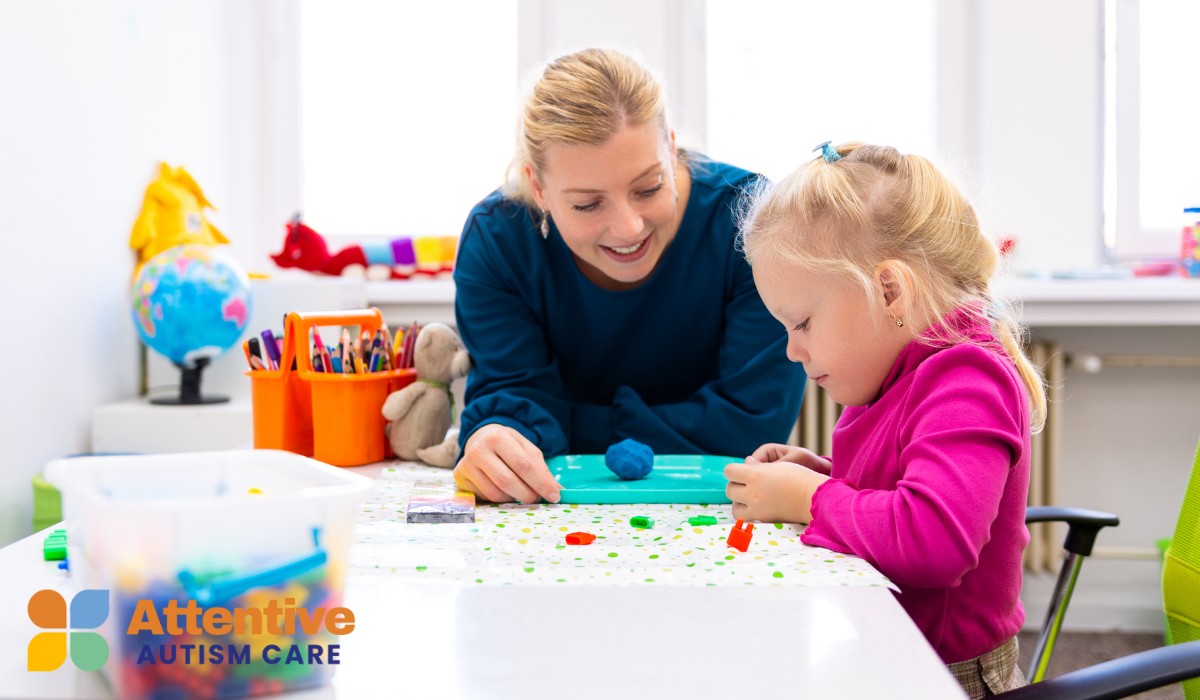
How Do Mild Autism Symptoms Differ From Other Conditions?
Because the symptoms of mild ASD are subtle, they can overlap with other developmental or mental health conditions. For example, social anxiety, ADHD, and learning disorders may present similarly in certain contexts.
Here are some differentiating factors to consider:
ADHD vs. Mild ASD
Both can involve attention difficulties, but children with autism often have more rigid routines and social communication challenges.
Social Anxiety vs. Mild ASD
Individuals with autism may not just fear social interaction—they often struggle to understand the flow of conversations.
Learning Disorders vs. Mild ASD
Learning disabilities typically affect academic skills, while autism impacts social and behavioral development more broadly.
A multidisciplinary evaluation can clarify overlapping symptoms and lead to the right intervention path.
Are There Benefits to Early Identification?
Yes—early identification of mild autism symptoms can make a significant difference in how children and adults experience the world. With the right support, many individuals can thrive academically, socially, and emotionally.
Even when symptoms are mild, support can help reduce the risk of co-occurring challenges like depression, isolation, or underemployment later in life.
How is Mild Autism Diagnosed?
A diagnosis of mild ASD usually involves comprehensive assessments from multiple professionals. Pediatricians, psychologists, speech-language pathologists, and occupational therapists may all play a role.
Diagnosis typically includes:
1. Developmental and Behavioral History
Clinicians gather detailed background on early milestones, social behaviors, language development, and sensory responses to understand patterns over time and identify red flags consistent with autism.
2. Observations Across Settings
Direct observations at home, school, or in a clinic help assess how behaviors present in different environments and social situations, offering a fuller picture of the child’s functioning.
3. Standardized Screening Tools
Tools like the ADOS-2 or CARS help professionals systematically evaluate social communication, repetitive behaviors, and sensory issues against established diagnostic criteria for autism spectrum disorder.
4. Parent and Teacher Interviews
Input from caregivers and educators provides critical context about the child’s behavior, challenges, and strengths in everyday life, especially when symptoms are subtle or situational.
5. Self-Assessments for Adults
For adults, structured questionnaires and checklists can help identify traits of autism, often prompting further evaluation by a psychologist or psychiatrist for a formal diagnosis.
For adults, self-assessment tools may help guide the diagnostic process. Formal evaluations can offer clarity, open doors to services, and provide a sense of relief.
What Strategies Help Support Individuals With Mild Autism?
Support for mild autism should be individualized, recognizing the strengths and needs of each person. Strategies should aim to build confidence, increase independence, and reduce daily stressors.
Here are key support strategies:
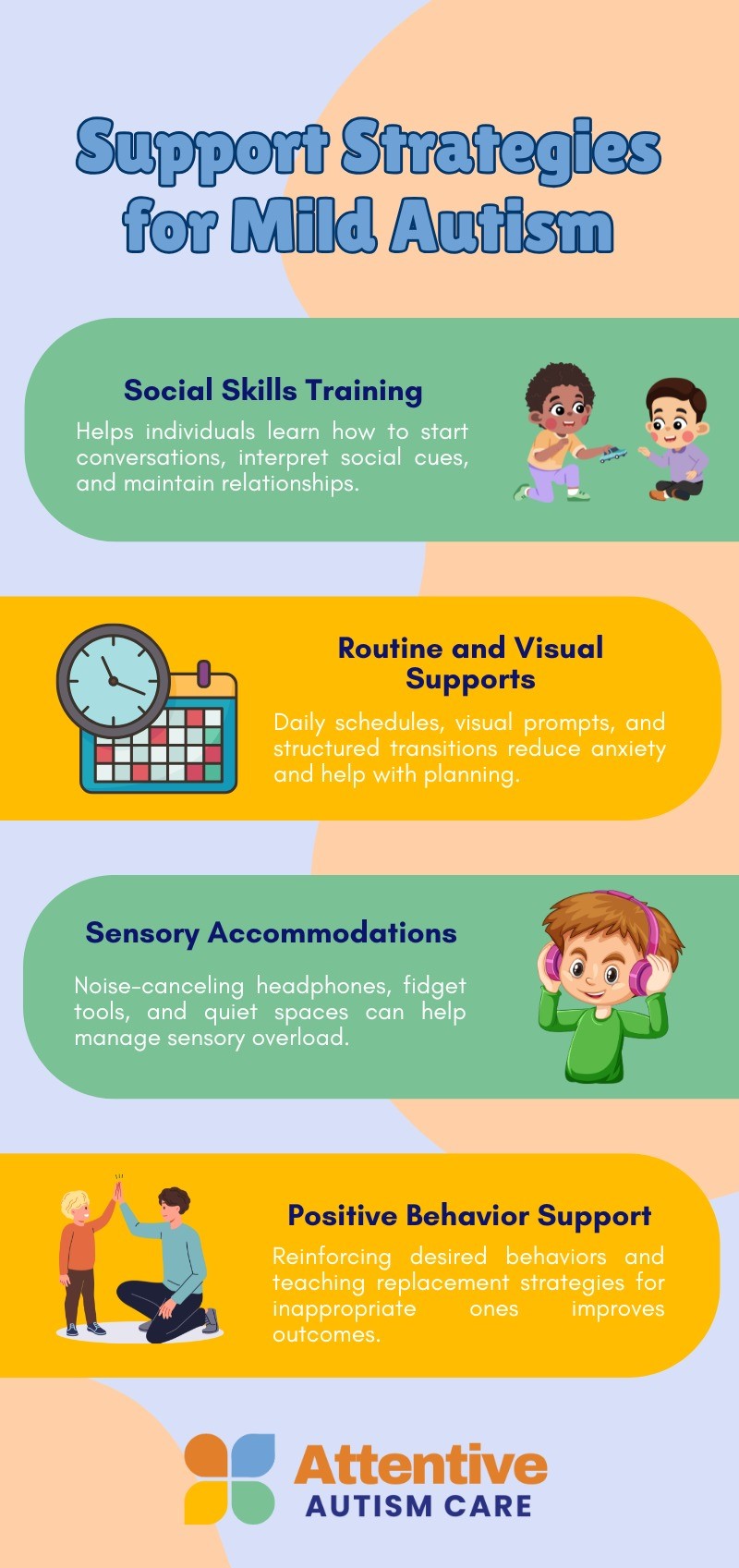
Support is not about "fixing" autism, but about empowering individuals to succeed while honoring their differences.
Promote Healthy Routines With ABA Therapy
Recognizing mild ASD symptoms in children and adults is an important step toward providing the right support. With early intervention, structured learning, and consistent encouragement, individuals with mild autism can build fulfilling, independent lives.
At Attentive Autism Care, we specialize in compassionate, personalized ABA therapy. We proudly serve families through ABA therapy in New Mexico, Colorado, Utah, North Carolina, Maryland, and Nebraska.
Contact us today to learn how our evidence-based programs can support your child's development or your personal growth journey with mild autism. We're here to walk with you every step of the way.

























